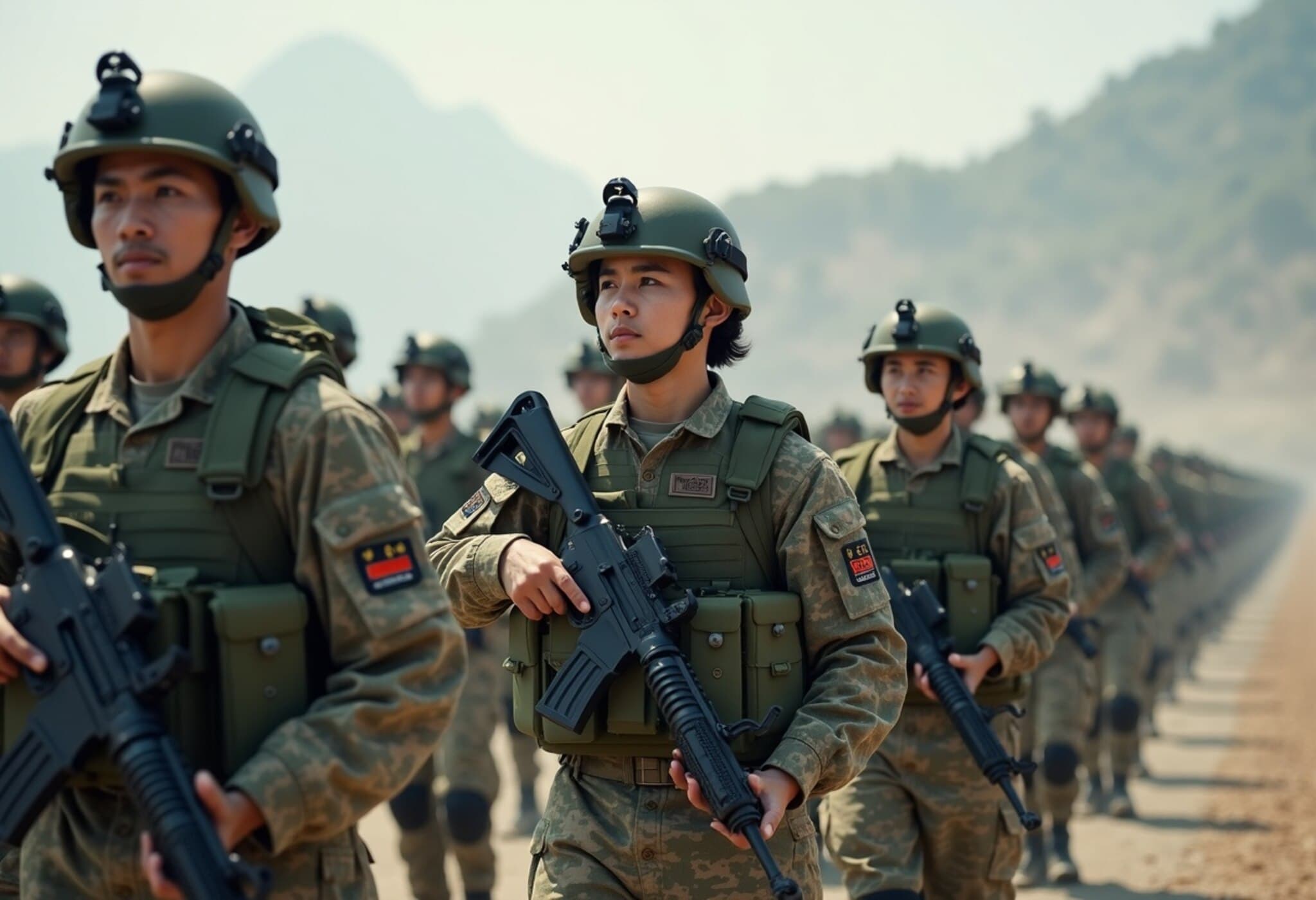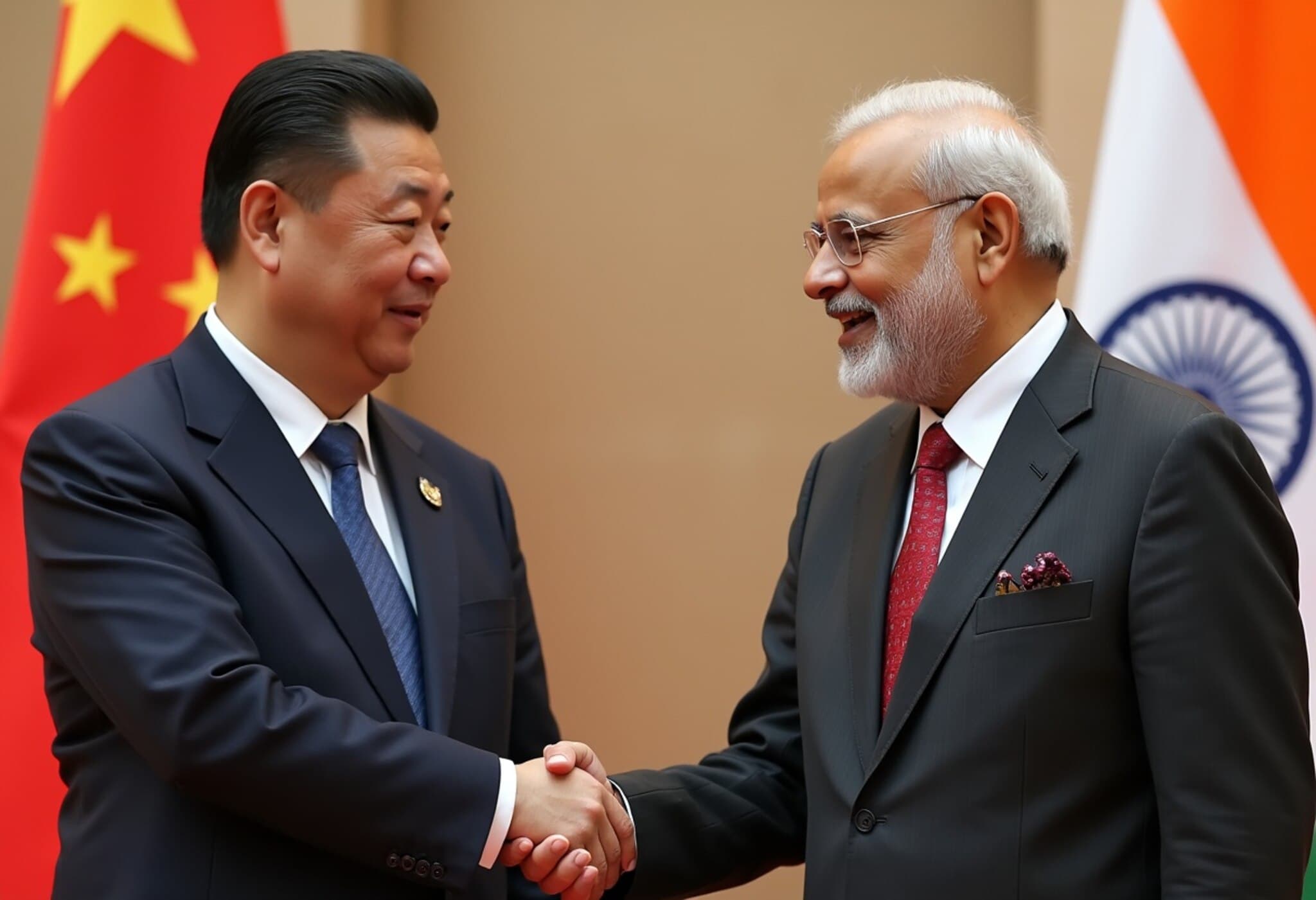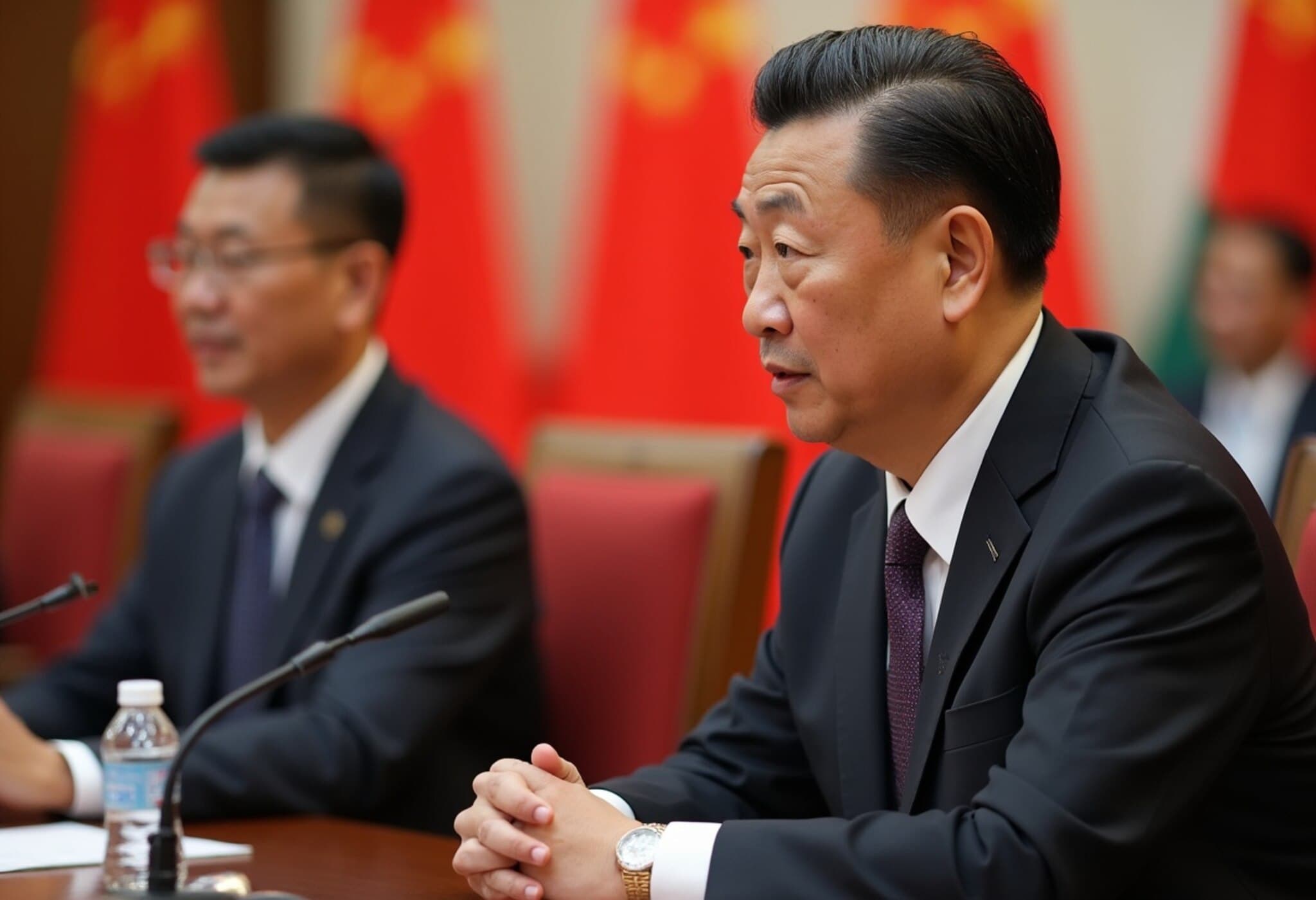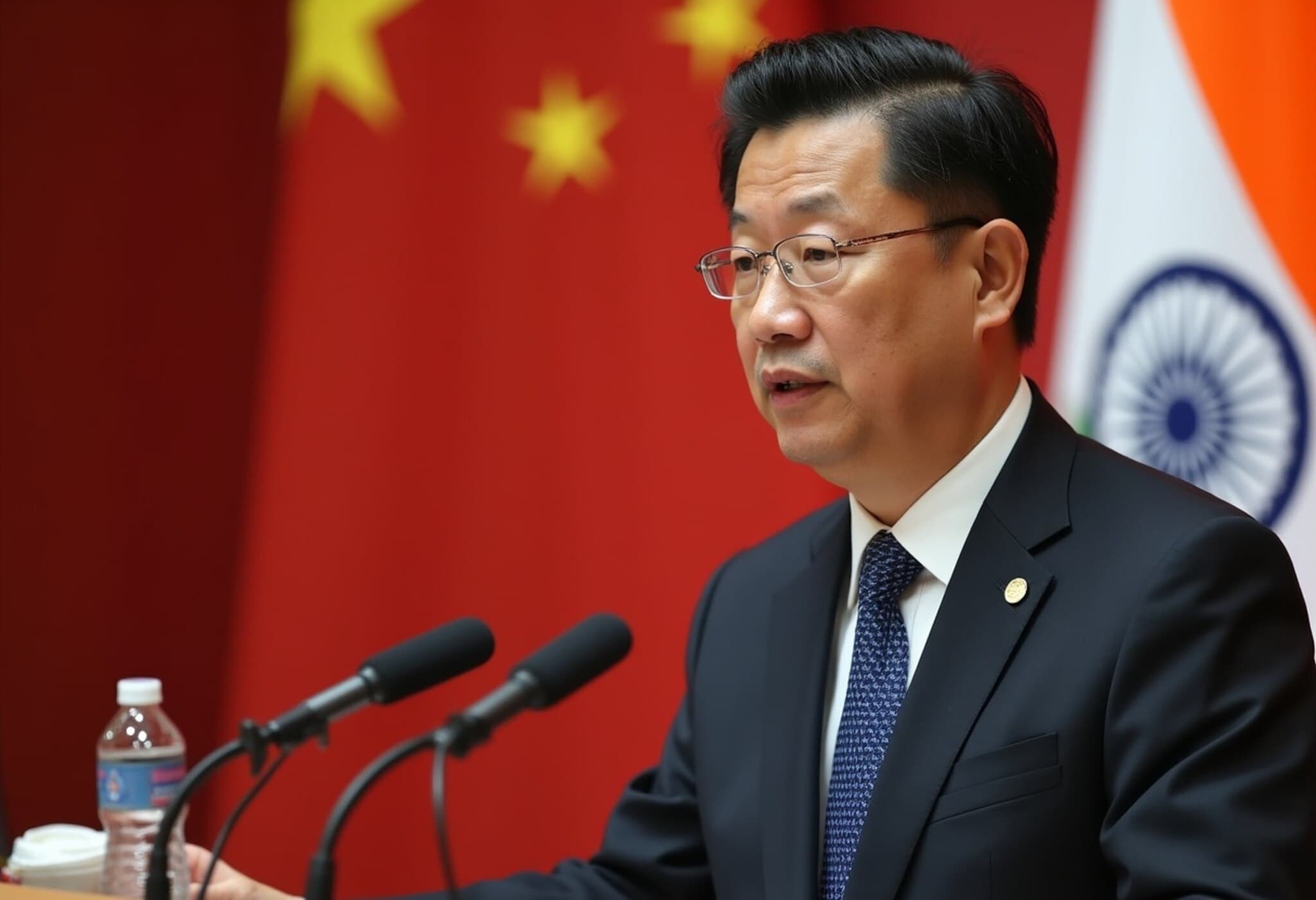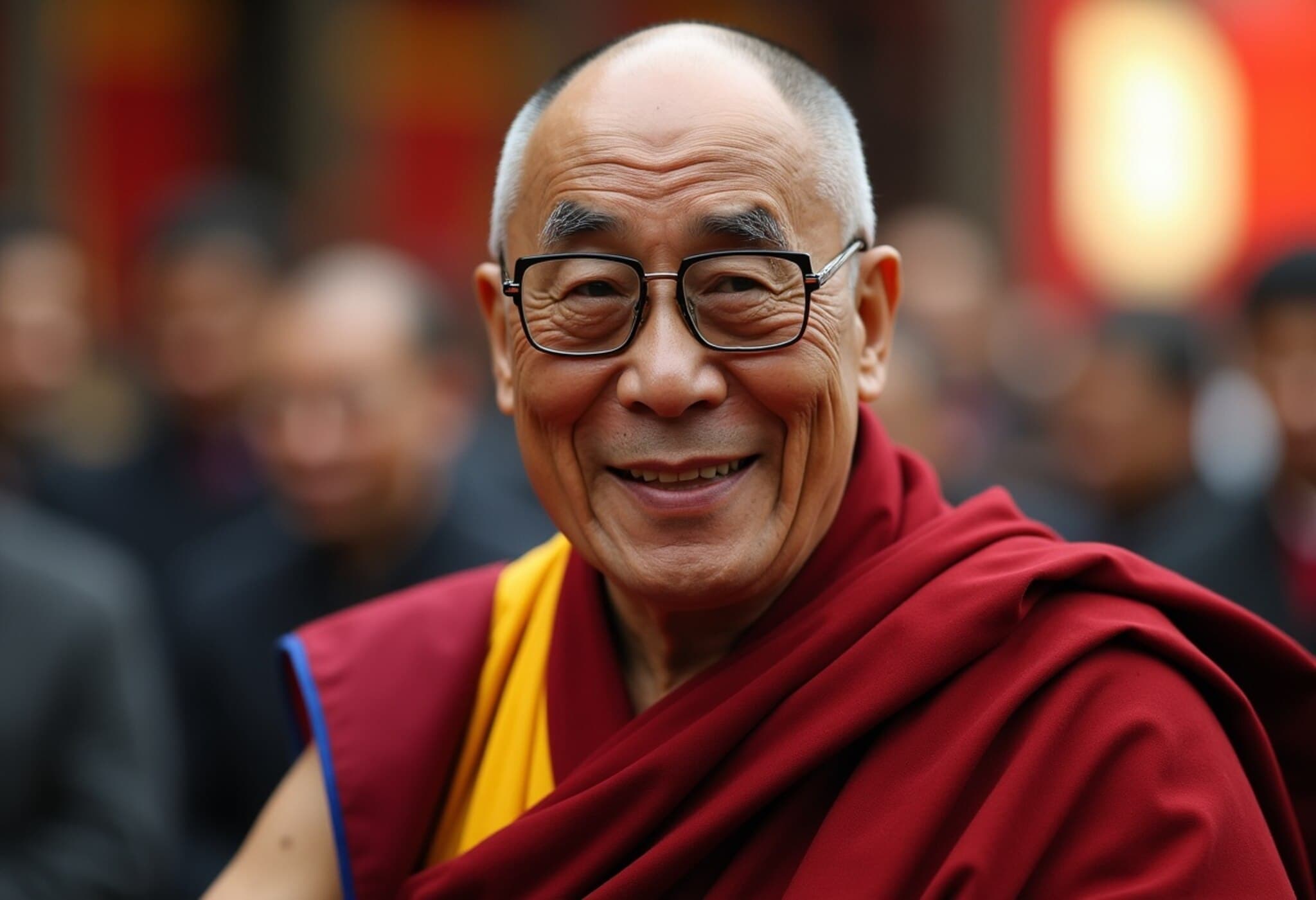Taiwan Conducts Unprecedented Military and Civil Defense Drills Amid Increasing Chinese Threats
In an unprecedented demonstration of its resolve, Taiwan has launched its largest military and civil defense exercises to date, intensifying preparations against an increasingly assertive China. The 10-day Han Kuang drills, commencing on July 9, 2025, engage over 22,000 troops alongside thousands of civilians, volunteers, and emergency personnel, to test the island's readiness for any hostile contingency.
Citywide Air Raid Drills Bring Taipei to a Halt
Throughout the capital Taipei, blaring air raid sirens abruptly stopped daily routines. Shops, schools, subway stations, and crowded public spaces became stages for civilian evacuations and safety protocols. As reported by multiple outlets, residents were mandated to seek shelter indoors during the drills, with transportation systems partially suspended to simulate real emergency conditions. This "Urban Resilience" drill not only tested logistical coordination but also sought to ingrain a culture of vigilance and preparedness among citizens.
New Weapons and Tactical Simulations Showcase Enhanced Military Capability
On the military front, the exercises included amphibious landing drills, helicopter rearming maneuvers, and intense urban combat scenarios. Taiwan showcased its evolving defense capabilities by integrating U.S.-supplied weaponry, including HIMARS missile launchers and Abrams tanks, marking a significant shift towards modernizing its military arsenal. Analysts note that these assets could be a game-changer by increasing Taiwan’s deterrence posture against a potential Chinese incursion.
Leadership’s Message: Preparedness to Prevent Conflict
President Lai Ching-te, clad in military uniform, underscored the paradox of preparedness as a means to peace. “Our preparation aims to avoid war, not provoke it,” he told observers. Emphasizing national unity, he added, “Strength arises from being ready.” This stance reflects Taiwan’s strategic messaging: readiness to defend without willingness to escalate unnecessarily.
China Reacts with Dismissive Claims amid Heightened Tensions
Beijing, which regards Taiwan as part of its sovereign territory, condemned the drills as purely provocative. Chinese defense spokesperson Colonel Jiang Bing labeled the exercises “a bluff and self-deceiving,” asserting that Taiwan's attempts to fortify itself cannot deter China's ultimate goal of reunification. This rhetoric underscores a sustained ideological and military pressure campaign by China to assert dominance in the Taiwan Strait.
Public Sentiment: Between Confidence and Unease
The Taiwanese public exhibits a spectrum of reactions. Some citizens, like 29-year-old finance worker Ben, express confidence in the drills’ necessity, arguing, “Every country needs to practice defense.” Conversely, others voice skepticism given the stark imbalance in military power, with concerns that Taiwan might not withstand a large-scale invasion despite preparations.
Nevertheless, the drills have fostered practical discussions on emergency preparedness at household levels, with families planning stockpiles and evacuation strategies — a sign of rising societal consciousness about the realities of geopolitical tensions.
Integrating Civil Defense Elevates Community Engagement
For the first time, Taiwan combined its military exercises with expansive civil defense efforts, including simulated rescue operations, bomb threat scenarios, and first aid training sessions for volunteers. NGOs note that such initiatives are critical for involving younger generations and normalizing discussions around potential conflict — though conversations remain difficult with older populations still grappling with the existential weight of war.
Expert Insight: The Strategic Importance of Dual Military-Civil Drills
From a defense policy perspective, Taiwan’s approach represents a comprehensive resilience strategy that merges hard military power with soft civil preparation. This duality is crucial in asymmetric conflicts where civilian morale and societal cohesion can decisively impact the outcome. Additionally, incorporating cutting-edge U.S. military technology signals deeper geopolitical integration and potential shifts in regional security dynamics.
Looking Ahead: Growing Global Awareness and Regional Implications
Taiwan’s vigorous defense exercises amidst mounting Chinese hostility have captured international attention. For the United States and allied partners, these drills underscore Taiwan’s urgency in self-defense and may influence future security assistance. Beyond the military domain, these events highlight the complex nexus of diplomacy, deterrence, and the human dimensions of conflict preparedness in one of Asia’s most volatile flashpoints.
Editor’s Note
- Taiwan’s extensive drills symbolize both deterrence and societal resilience in the face of escalating Chinese pressure.
- The integration of advanced U.S. military hardware reflects shifting defense partnerships and strategic alignments.
- Civil defense components are vital in preparing communities for real-world crises, fostering widespread public engagement.
- Public opinion in Taiwan remains divided, revealing the psychological complexity of living under constant threat.
- International observers should monitor how these drills influence broader geopolitical tensions in the Indo-Pacific.
As Taiwan sharpens its defenses, crucial questions remain: How will Beijing recalibrate its strategy in response? What role will the international community play in supporting peaceful stability? And importantly, how can Taiwan’s citizens maintain hope and unity amid such daunting challenges? The answers will shape the prospects for peace and security in this pivotal region.

